Meet Your Chief Returns Officer®
What Do You Want to Achieve?
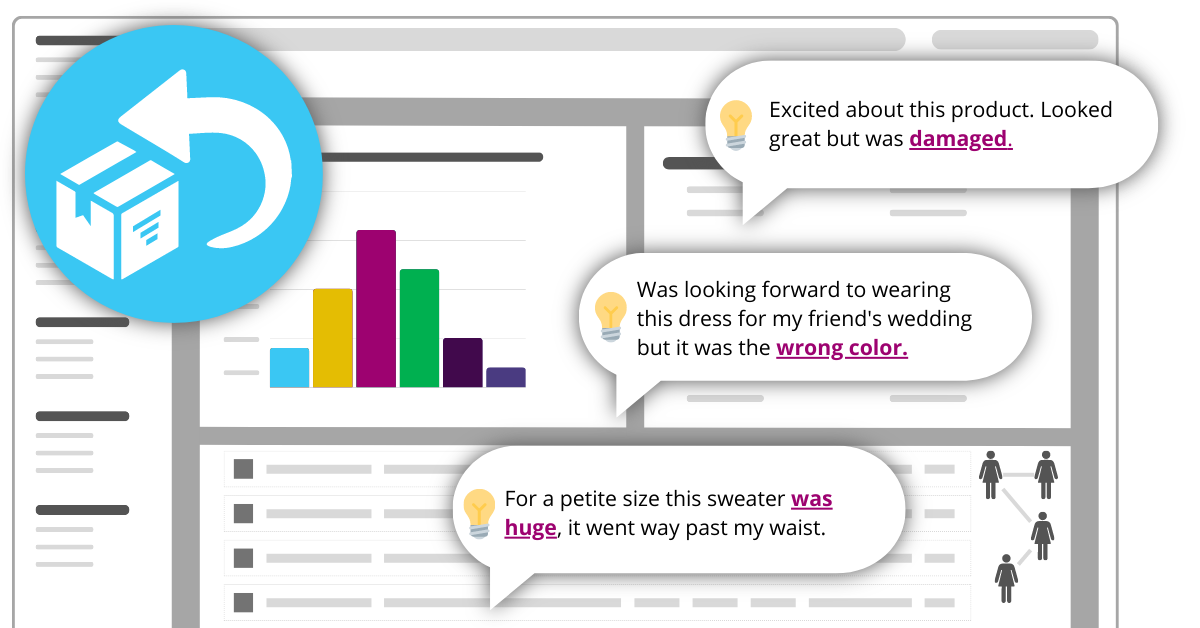
Reduce Returns
Through AI-generated insights that listen to the voice of your customers, you can see why customers return your merchandise and take action to fix the source of the problem.
Insights are provided when an item begins to sell, allowing you to make changes in-season. And for problems that can't be fixed, such as a quality issue, you can take that proactive steps to mitigate customer dissatisfaction while incorporating that information into your vendor scorecards and future sourcing decisions.
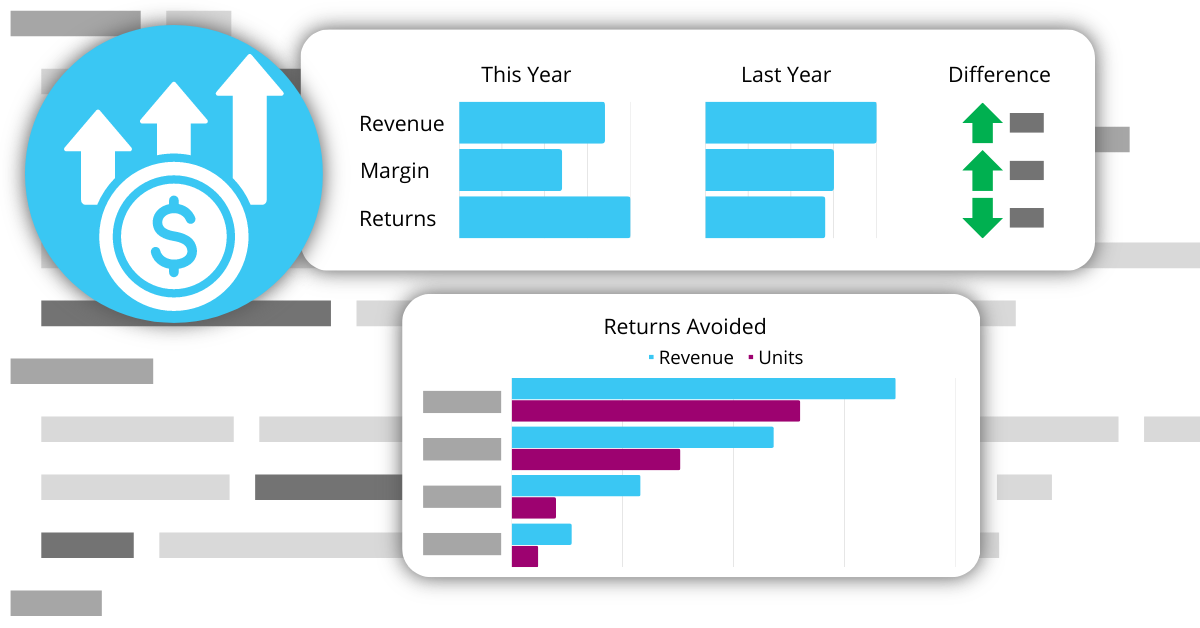
Improve Profitability
What would an extra 4% revenue and 100 basis points of margin mean to you?
Today, 73% of returns are controllable by the retailer. Even if you could recapture 1/4 of that, it still accounts for millions of dollars in savings, not to mention the increased Customer Lifetime Value.
But we don't leave it to you to see the value you create. Our solution measures it for you.
Solving the Returns Problem
Discover the root cause and take action to stop them from happening in the first place.
A Picture Worth 1000 Customers
How did the simple act of changing a picture save one thousand customer sales?
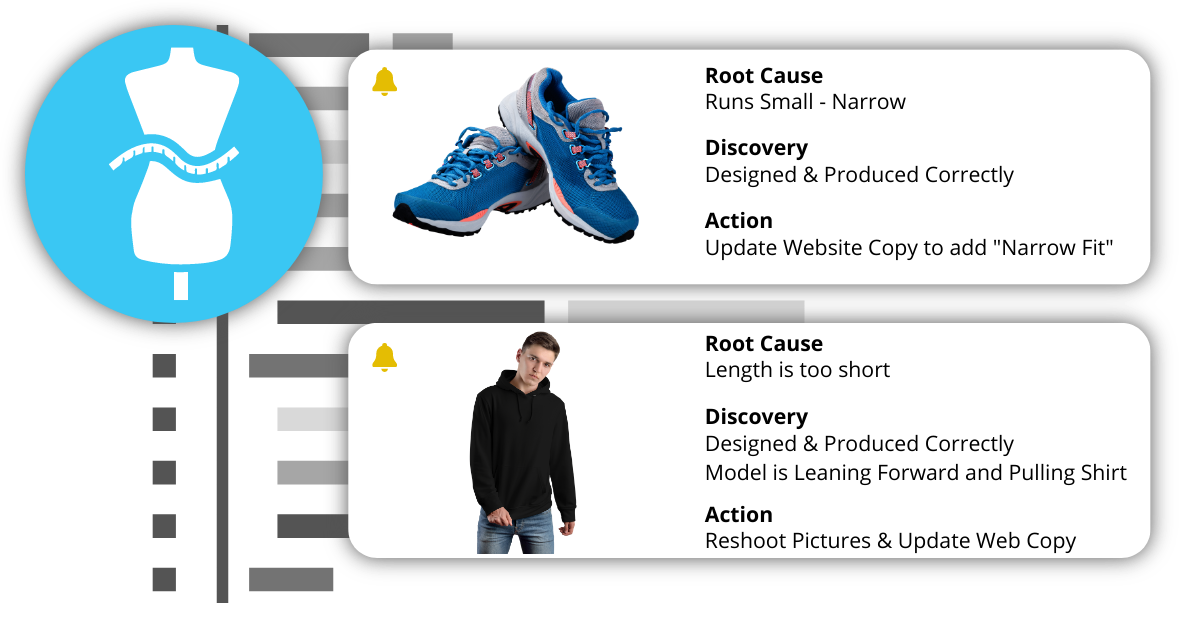
Fix Size and Fit Issues
Not all size and fit issues are because a customer couldn't find their size. There are many potential reasons, but often all the retailer knows is that it is a "Size and Fit" issue.
By listening to the customer's feedback, you can determine the root cause and take the necessary steps to address it.
Resolving the issue may only require a simple change in the website's copy or images. Alternatively, you may need to work with your vendor to ensure accurate cutting or use more representative patterns.
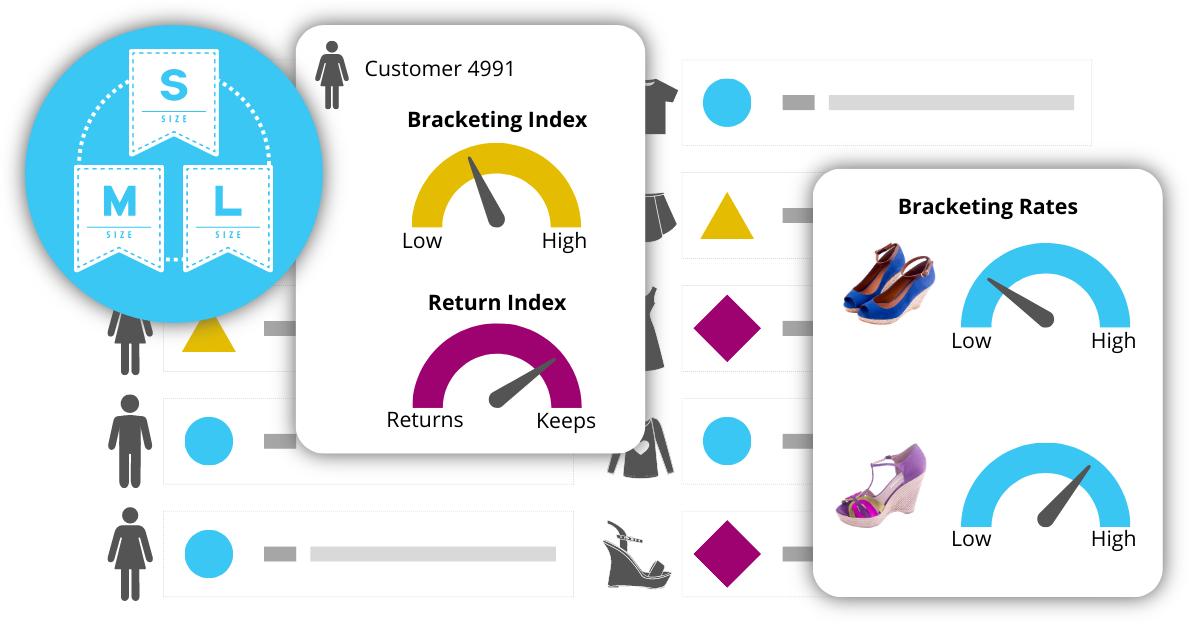
Lower Bracketing
Savvy retailers thrive on understanding their customers and strive to deliver incredible experiences regardless of their customers' shopping behaviors.
Reducing bracketing costs starts with knowing your customers and products. By knowing which customers bracket, what products are bracketed, and who and what is returned, you can positively influence behavior that encourages customers to bracket less and keep more.
How to Reduce Bracketing
An Interactive Slideshow
Bracketing is a complex issue, not simply explained by generous return policies, disruptive customers or the inability to find one's size. But proven solutions do exist.
For a quick overview, click through the slideshow.
For an in-depth explanation, check out our How to Reduce Bracketing article.






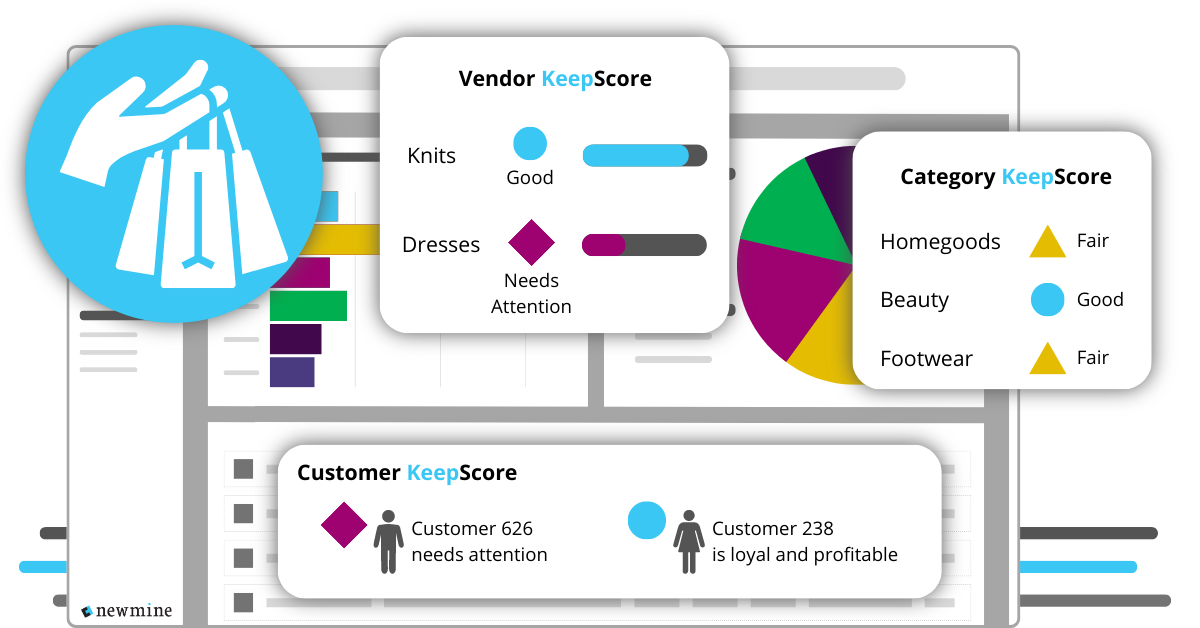
Gain Insights
Want metrics that matter? KeepScore classifies products, suppliers, and customers based on their likelihood of keeping merchandise or returning it.
Did you change your factory or cost cut in materials and want to justify the effectiveness of that decision? Are you trying to determine what items are best for your assortment? Do you want a better idea of what items to promote or markdown? Do you want to see what patterns, cuts, and styles should be carried over into the next season? Do you want to perform a second buy on an item in a limited decision window?
Simplify these decisions through impactful insights.
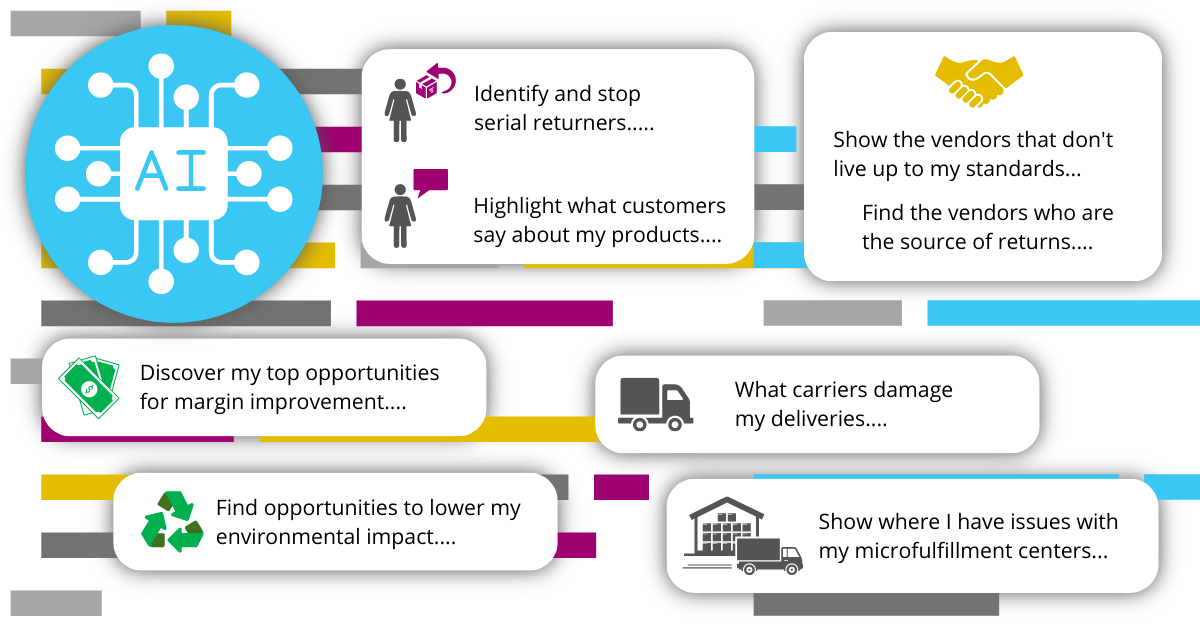
Apply AI Opportunities
Our Applied-AI solution, Chief Returns Officer®, takes complex analyses and generates insights you can take action upon.
Specially designed to target and triage retail consumer data our AI and language models transform how you approach sourcing, clienteling, supply chain management, customer service and decision making.
Our experience in AI and retail empowers you to take the execute change by bridging the gap between departments within your organization.